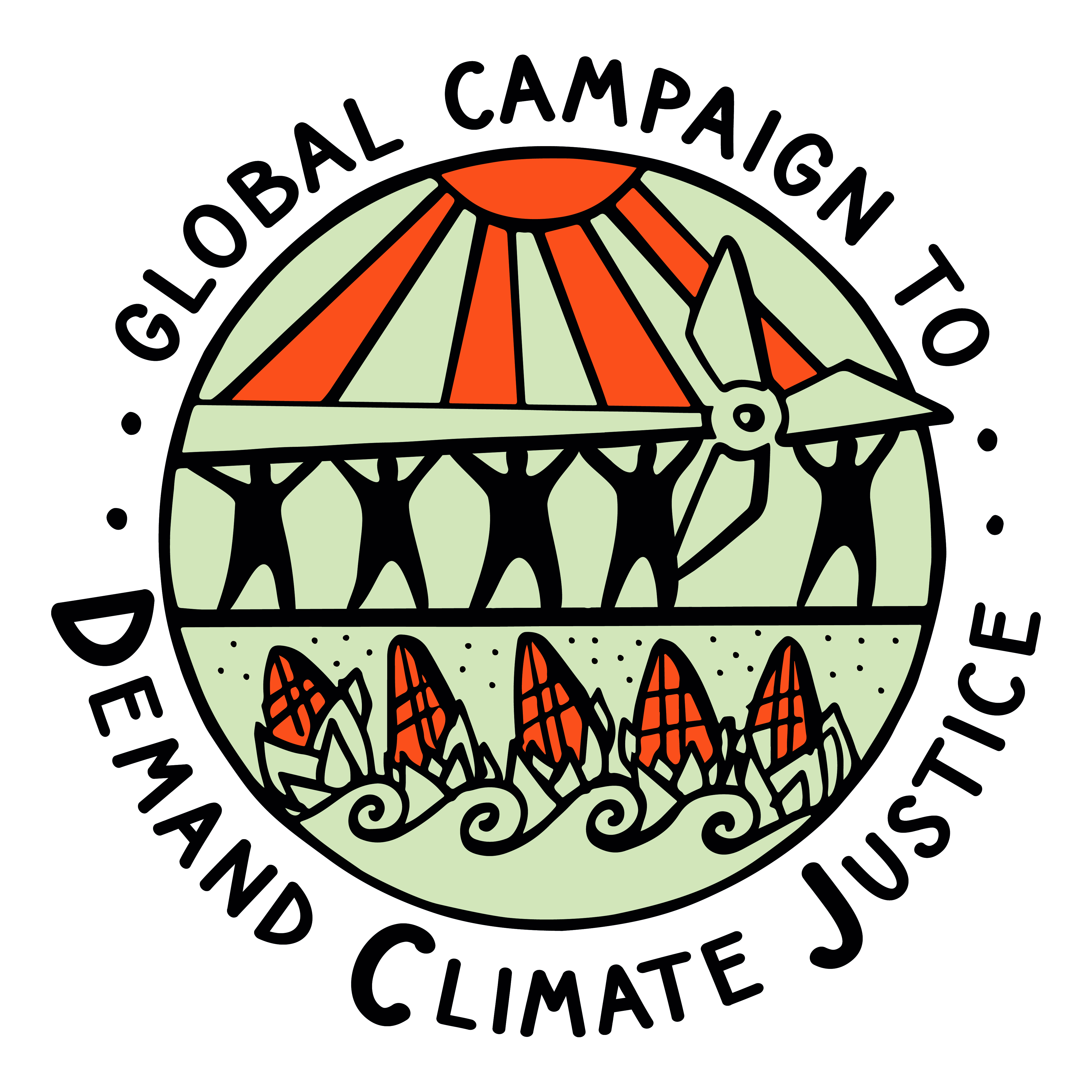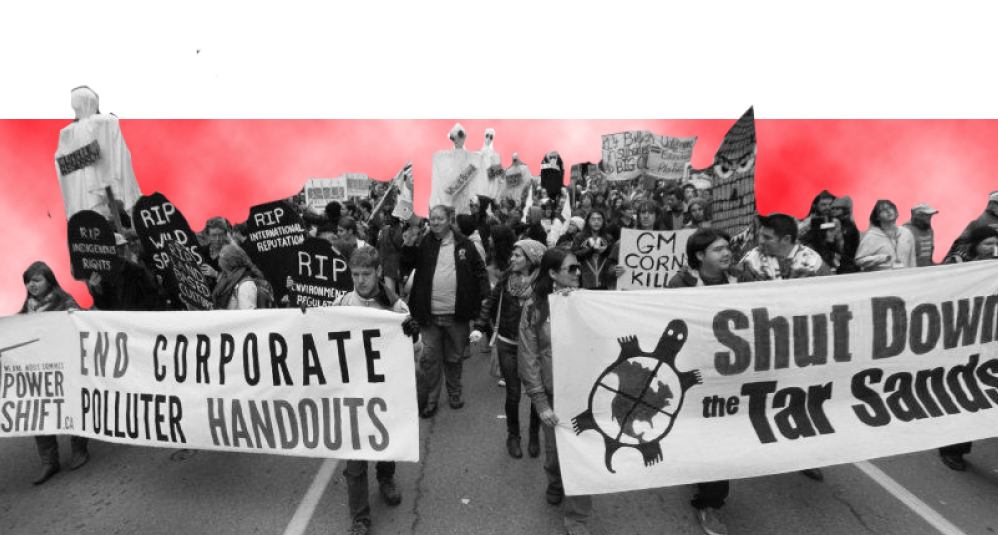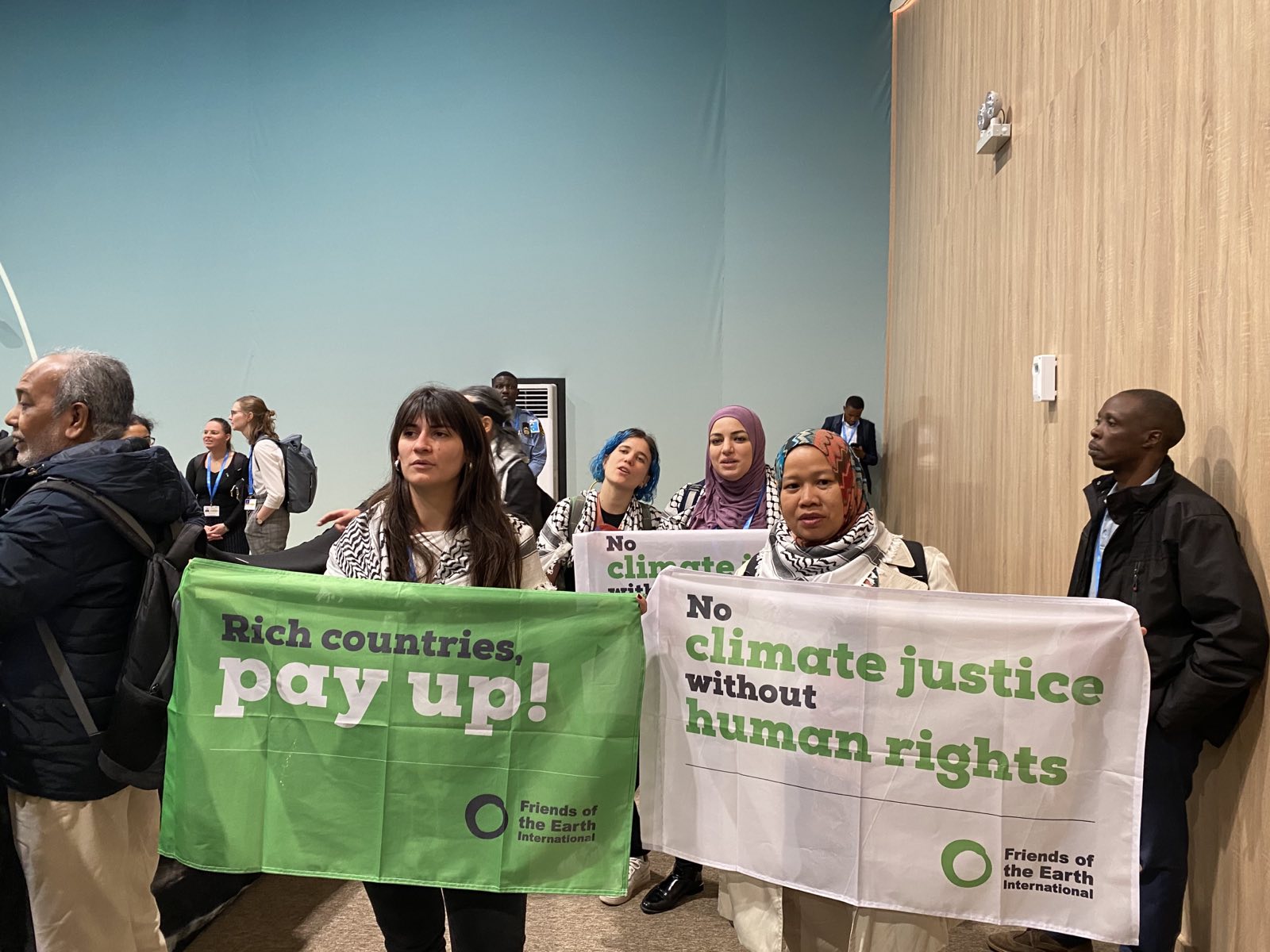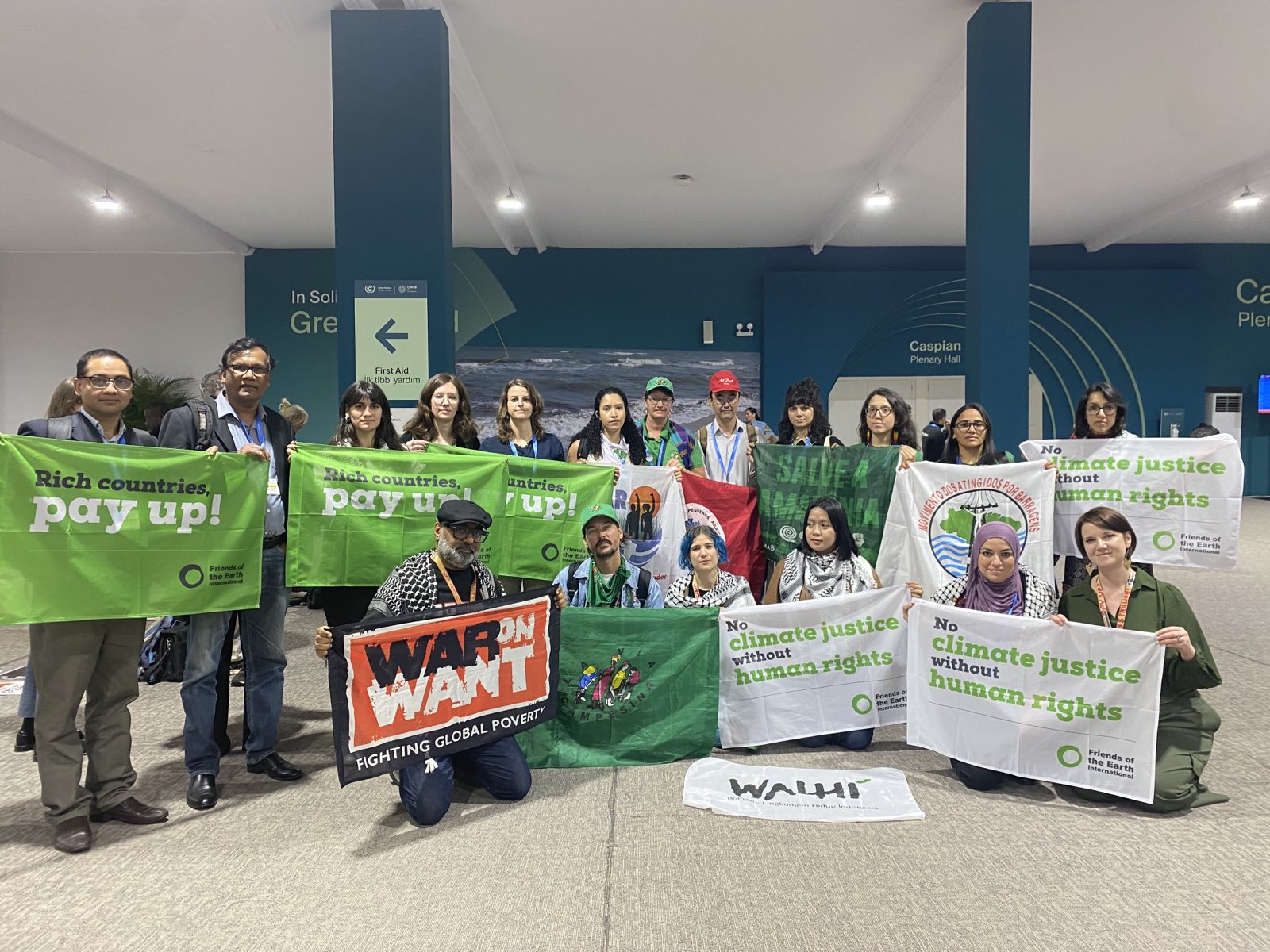Global Goals Adaptation-SBSTA Chair- IPCC Event | 20 June
This is Pang from the Philippines, speaking on behalf of the Global Campaign to Demand Climate Justice and Environmental NGOs across the world.
We appreciate this transparent and comprehensive update. We also deeply appreciate the space given for observers to share our views.
In AR 6, it was already reported that hard and soft adaptation limits have been reached in some ecosystems and regions. AR6 also confirms that current global financial flows for adaptation are insufficient for and constrain implementation of adaptation action in developing countries. We can all agree that this paints a bleak picture of global adaptation efforts, and we foresee adaptation gaps to grow from now until AR7 is released 3 years from now.
This is why we hope that AR7 would be useful in supporting Parties’ urgent implementation of adaptation action, instead of being an empty intellectual process.
In your presentation, you mentioned how indicators are covered in multiple parts of the AR7 outline. Could we clarify that these indicators you mentioned are the GGA indicators and not another separate set?
If these indicators you refer to are not the same as the GGA indicators, may we clarify how the GGA indicators will come into the AR7 report? GGA indicators will be ready by COP30, which should be enough time to fold them into AR7 in your first meeting on indicators in March 2026.
Again, as movements representing those bearing the brunt of the ongoing climate catastrophe, our goal is for AR7 to support real adaptation action on the ground and to work in concert with outcomes here at the UNFCCC. We warn against unnecessary duplication that would not only waste valuable public funds but would render party-driven work in GGA indicator development irrelevant.
Hoping for clarity here. Thank you.




